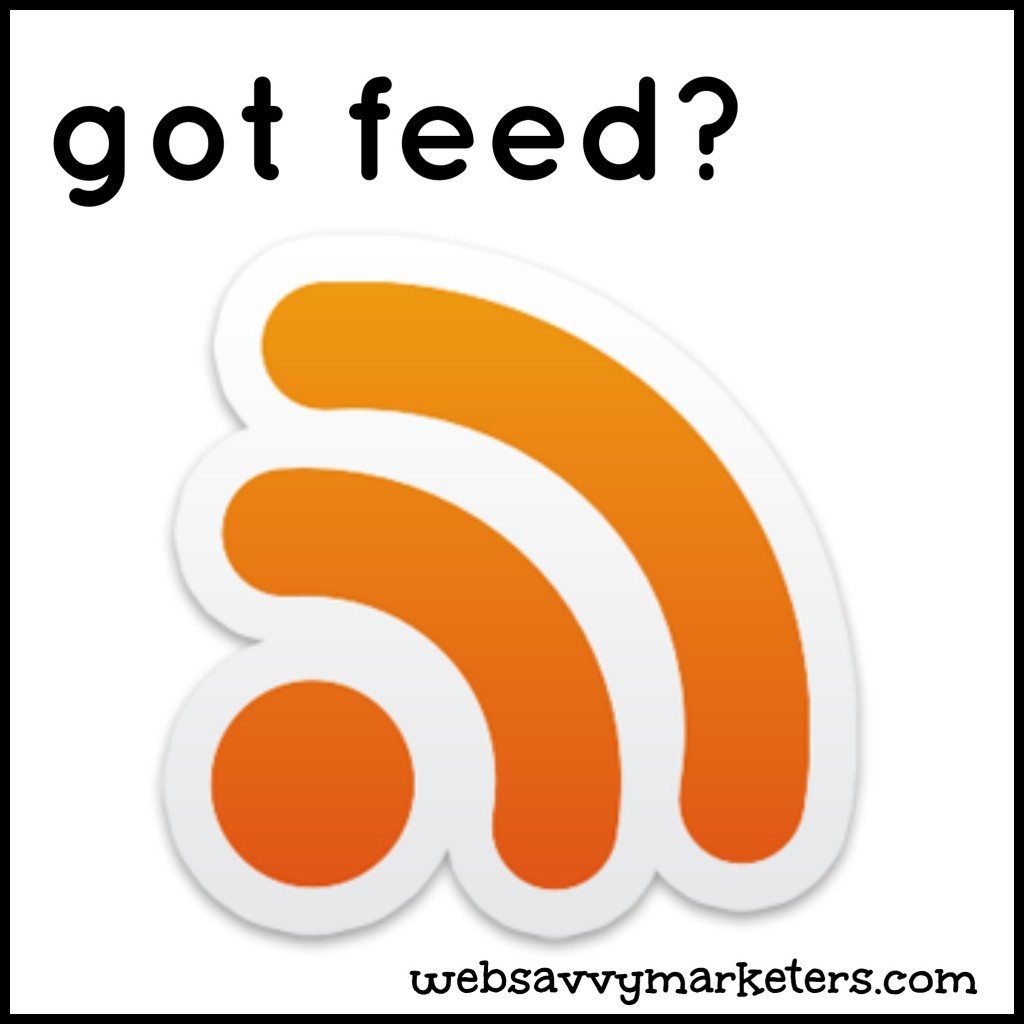

Interestingly, there have been several times over the last few years where those in the blogosphere have tried to claim that RSS is dead. Many email clients and web browsers include RSS readers, or users may choose to use systems like FeedBurner or Google Reader.Īny website publishing new content can offer an RSS feed, but the most typical categories are Business, News and Entertainment. This is generally accomplished by clicking on the RSS feed icon that your webmaster sets up for you and then plugging the address into their RSS Reader. Visitors to your site who are interested in automatically receiving your new blog posts delivered to them will subscribe to your feed.

The most common example is to provide an RSS feed of your business blog. Content Management Systems like Drupal typically provide at least one site wide RSS feed by default. RSS usage begins with a company or news site deciding to publish their new content via RSS. Since 2006, the RSS specification has been controlled by the RSS Advisory Board, with few changes.1 How is RSS Used? By 2005, Mozilla and Microsoft were incorporating RSS capability into their Firefox and Internet Explorer browsers, and the use of the standard RSS icon came into widespread use. It went through various permutations for a couple of years, and then Dave Winer released RSS 2.0 in 2002. The first iterations of RSS were created as part of Netscape in 1999. The RSS reader will automatically check any feeds that the user has subscribed to and download any new entries that are found. Individuals can then use software or a website that acts as an RSS reader. We also have specialized RSS feeds for just our blog, specific categories of posts, and a few other feeds. RSS feeds will display the most recent entries first, though the number of total entries will vary.Įxample: The Social Media Hat’s main RSS feed link looks like “ ” and can be accessed using the RSS icon in the header of every page.

This typically includes a post title, teaser or full body text, plus the date published and author. It’s a standard format, which means that every RSS feed is designed to look basically the same for consistency. It is a format used to publish content that is regularly published like a blog or news headlines. RSS originally stood for RDF Site Summary but is now more commonly referred to as Really Simple Syndication. We will review what RSS is, how it’s used, and why it’s a benefit (perhaps even a necessity) for your business and Internet marketing. You might have even seen or subscribed to another website’s RSS feed, but what is RSS? Do you really need an RSS feed for your own site? Does anyone even use them any more? The answer, of course, is yes, you should be offering an RSS feed for your site. RSS is a term you may have seen, perhaps even in one of our other blog entries.


 0 kommentar(er)
0 kommentar(er)
